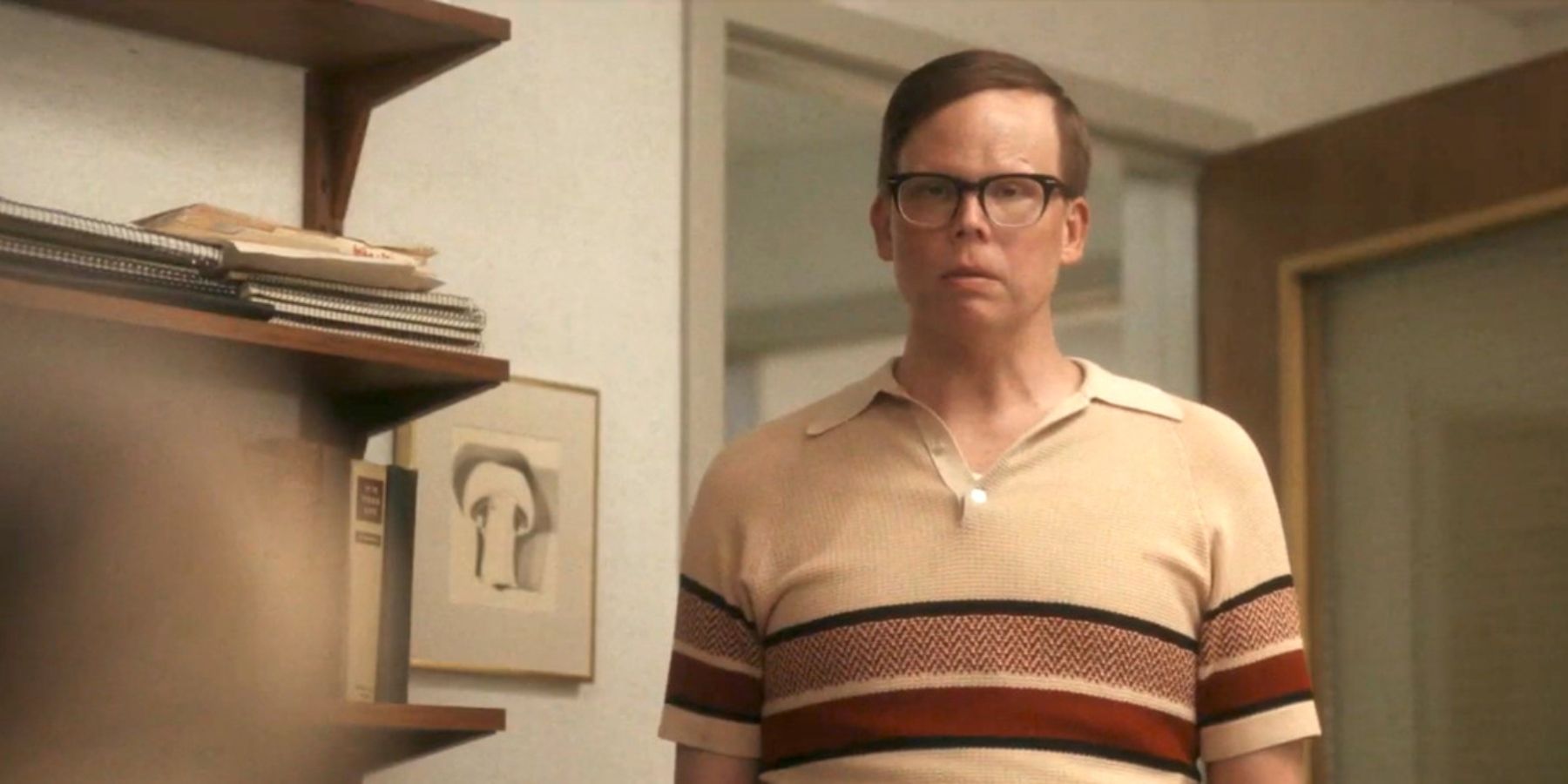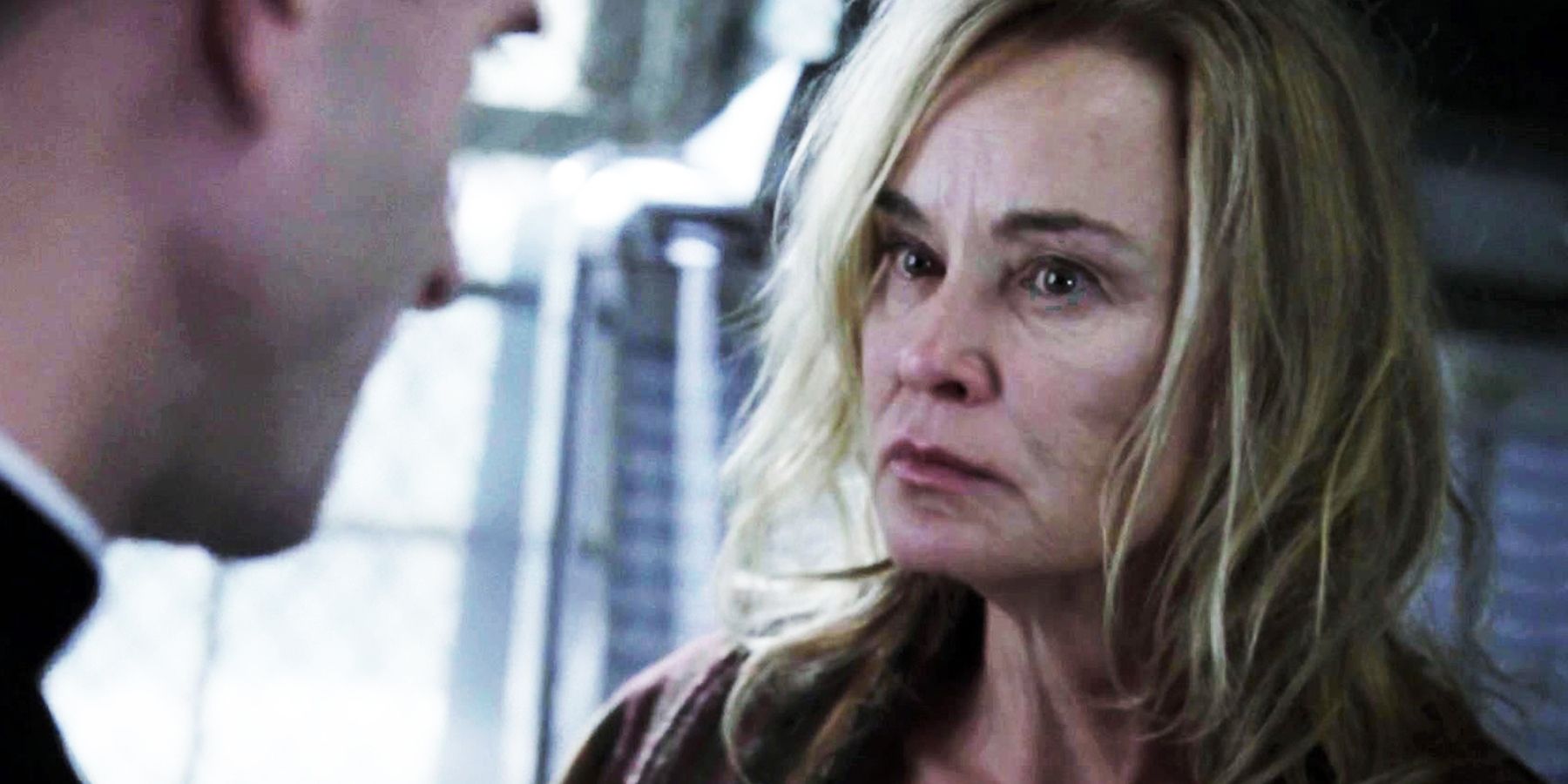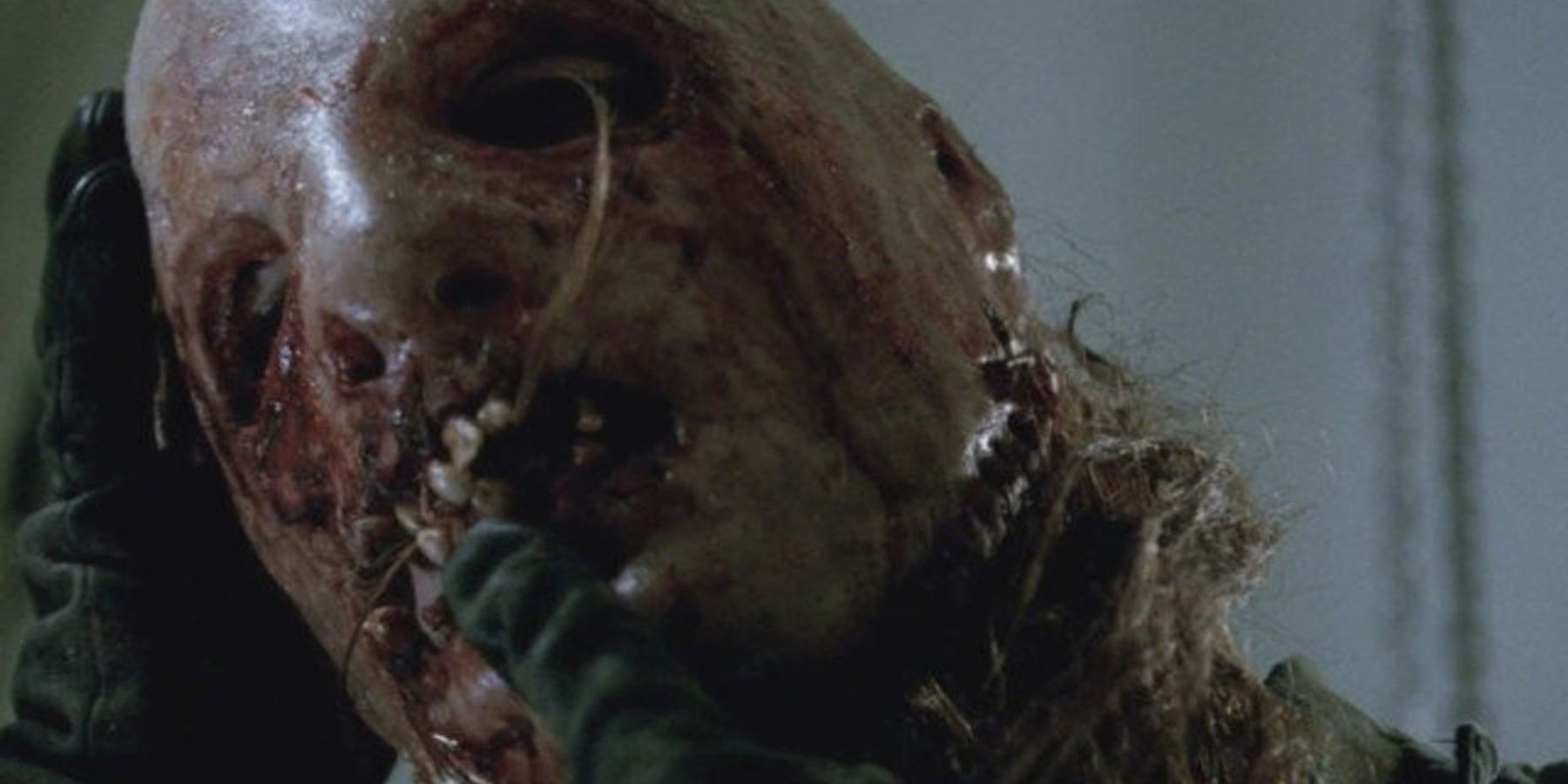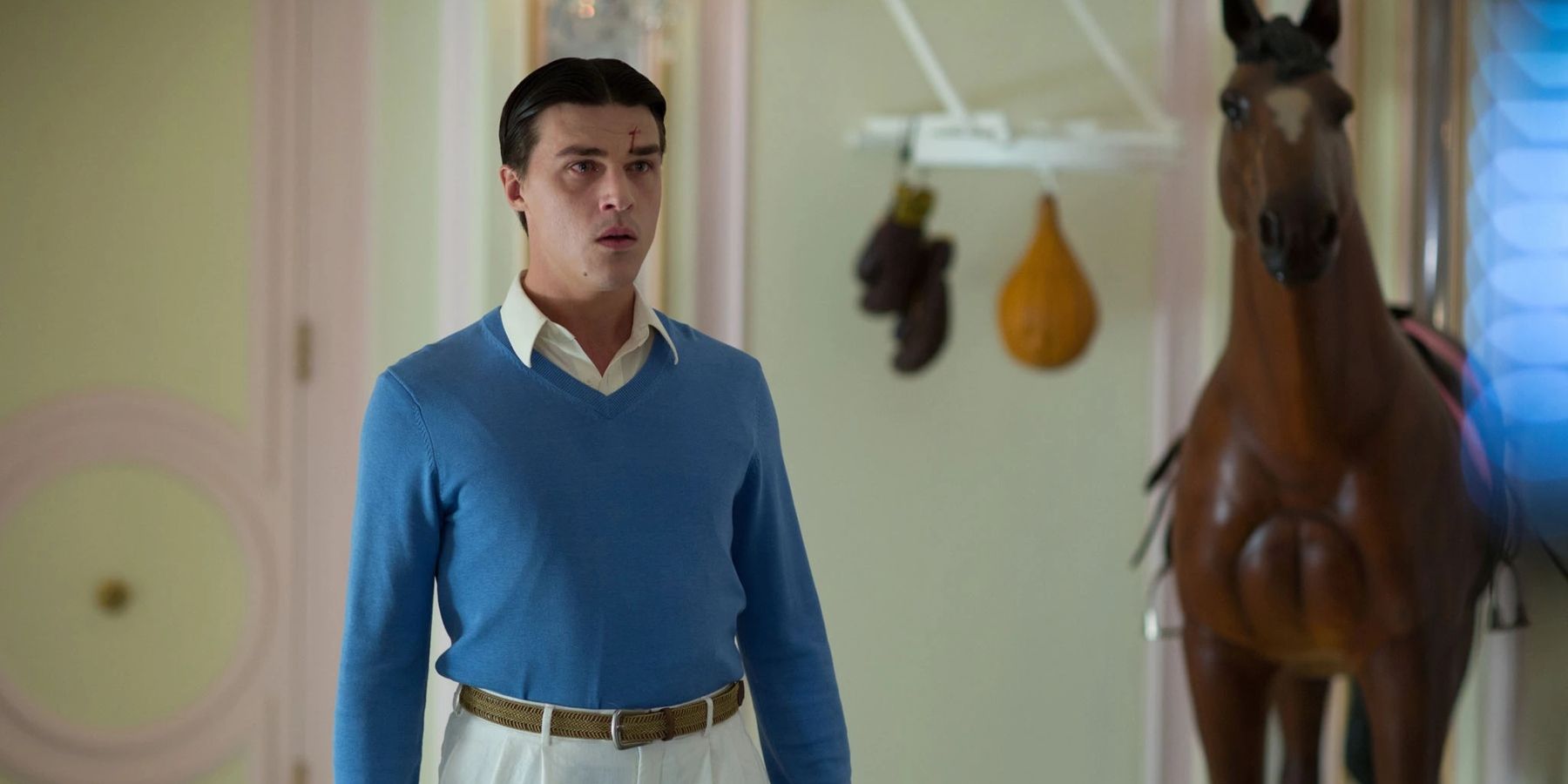While American Horror Story’s most recent season, NYC, follows a storyline much more rooted in reality, the show is known for blending together human characters and supernatural ones. Cult also followed a more realistic storyline, but other than these two seasons, the show leans on its supernatural monsters to creep out fans.
Though viewers might be more disturbed by the appearances of the monsters, the show usually reveals that the humans are the real threats when they’re pushed to the limits. This point is constantly revisited throughout the many different seasons, and is clearly the theme of American Horror Story.
We hear the theme spoken directly for the first time in Asylum, when Jessica Lange’s character, Sister Jude, says, “All monsters are human.” The phrase has a double meaning and actually reflects both types of characters. In other words, the monsters that we commonly associate with the word are usually just characters beaten down by life that resulted in them taking on whatever “monster” form. On the other side of that, many of the human characters are usually the ones painted as victims that’ll do anything to survive and obtain self-pleasure.
Because each season follows a different individual storyline, each one creates a unique layer that contributes to the greater story. Further, nearly every season begins by suggesting that the monsters are the bad guys. Yet, each of these seasons eventually comes to reflect the theme (presenting it in a new way each season) which leaves the decision of who the bad guy really is, up to the audience.
As Ryan Murphy has thus proven in the many seasons of American Horror Story, along with the many true-crime shows he’s written (like the Dahmer series), he recognizes the monstrous sides of humanity. Perhaps, the fictitious monsters that haunt our nightmares even reflect this– these darker parts of humanity– and that’s what makes them truly terrifying.
It’s this impressive ability to capture the dark parts, in a way that also notes the desperation, vulnerability, heartbreak, or fear that is woven into them that sets Murphy’s writing apart from other writers in the horror genre. By reminding us that other people are capable of hurting us worse than any fictional monster could, but further, that we could be broken enough to become monsters ourselves, causes his work to crawl under viewer’s skin and linger in our minds.
His impeccable skill to capture this message and re-examine it in so many different lights brings up the question: why even use the monster characters then? As we’ve seen in Murphy’s American Horror Story spin-off series, American Horror Stories, he’s capable of leaning into only one of the character types. In the spin-off, the show actually follows the monsters as the bad guys the whole time, making it what many people thought the original show would be. While it does offer some answers and puzzle pieces to the greater American Horror Story plot line, it’s also very structurally different, as it functions more like a traditional horror series.
Since Murphy decided to emphasize the monsters of the universe in the spin-off, why not emphasize the monstrous humans in the main series? The answer is actually quite simple: contrast. By having both problematic human characters and fictitious monster characters, Ryan Murphy was able to clearly compare the two, and in a way, allow viewers to re-evaluate what they perceived as defining a “monster.” However, while doing this perfectly illustrated the point of the theme, it turned off some more traditional horror fans from the show. As a response, Murphy went on to create American Horror Stories. This way, both fans that like deep and reflective horror, and those that like instant, classic-styled scares, can find something they like in the franchise.
It’s evident that, if Murphy had wanted, he could have broken the storylines up completely having a sort of monster vs. human structure between the original and the spin-off shows, but the effect of theme may have been lost this way. Considering that having both character types present is what highlights their differences (and thus the point of the theme) so well, the presence of both is almost essential for the storyline to be as successful and unique as it’s been. It doesn’t feel like much of a stretch to say that without this theme being the driving force of the series, the show might've just blended in with other horror shows of the time.
Ultimately, the way that Murphy and Falchuk decided to approach the show was pretty historical, in terms of television writing. It reflects the many problems with humanity and the current and past states of society that we’ve lived in, in a way that doesn’t make us feel guilty for being human, but rather afraid of losing our humanity to the point of being a monster. It reminds the audience that vulnerability comes in many forms, and it can be a strength or a weakness, depending on how you use it. Because only American Horror Story could remind you of what humanity is, as you watch people being chased, maimed, or held captive.




